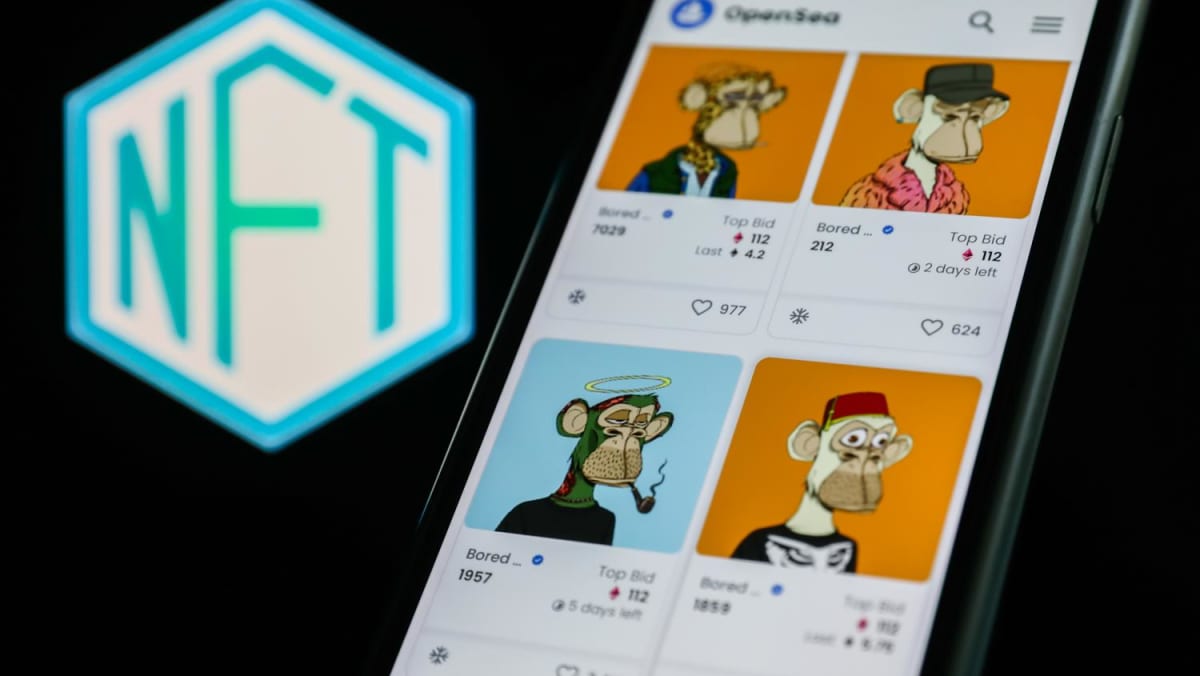Non-fungible tokens (NFTs) are in dire straits. With the market in a severe downturn, it’s safe to assume the NFT bubble has well and truly burst.
Prices in the NFT market have also seen huge falls. The prices of Bored Ape NFTs are down about 90 per cent from their peak. The CryptoPunks have done slightly better by losing only 80 per cent.
A recent report covering about 73,000 NFTs estimated 70,000 are now valued at zero. This leaves 23 million people holding a worthless “asset”.
One high-profile example is an NFT of the first tweet by then-Twitter CEO Jack Dorsey.
Crypto entrepreneur Sina Estavi bought this NFT for US$2.9 million in March 2021. When he tried to sell it a year later the top bid was US$6,800.
WHAT DROVE THE NFT COLLAPSE?
As well as losing their novelty, the market was hurt by the large falls in the price of Bitcoin and other cryptocurrency, as well as the collapse of the FTX exchange and publicity given to scams.
Beyond that, the lifting of Covid-19 lockdowns meant people who began trading NFTs now had other ways to pass their time. And higher interest rates from mid-2022 made most speculative assets seem less attractive.
Collectively, all of these factors made NFTs seem like a riskier proposition. Prominent people started jumping off the bandwagon. Some of KSI’s later tweets lament the losses he suffered from his gambles.
Last year, British Prime Minister Rishi Sunak announced, when he was chancellor of the exchequer, the Royal Mint would produce an NFT. The plan has now been abandoned.
Some foolish people had even taken out loans using the “value” of their NFTs as collateral.
When the lenders wanted the money back, they were in trouble: Forced to sell their NFTs, they got back much less than they’d paid. Fortunately, there weren’t enough people like this to lead to a systemic problem in the financial sector.
NFTs probably won’t completely disappear.
Some subjects of past bubbles are still around. Tulips are still grown in the Netherlands.
Poseidon shares, which ran up from 80 Aussie cents in September 1969 to A$280 in February 1970, are still listed (and currently trading for 2 Aussie cents).
But unless some actual use is found for them, NFTs are likely to fade further from public discussion, with their prices increasingly trending down (although the occasional blip up may give die-hard fans some hope).
They will probably join the Dutch tulips and dotcoms in the history of speculative follies. THE CONVERSATION
![]()
ABOUT THE AUTHOR:
John Hawkins is a Senior Lecturer at Canberra School of Politics, Economics and Society, University of Canberra.


